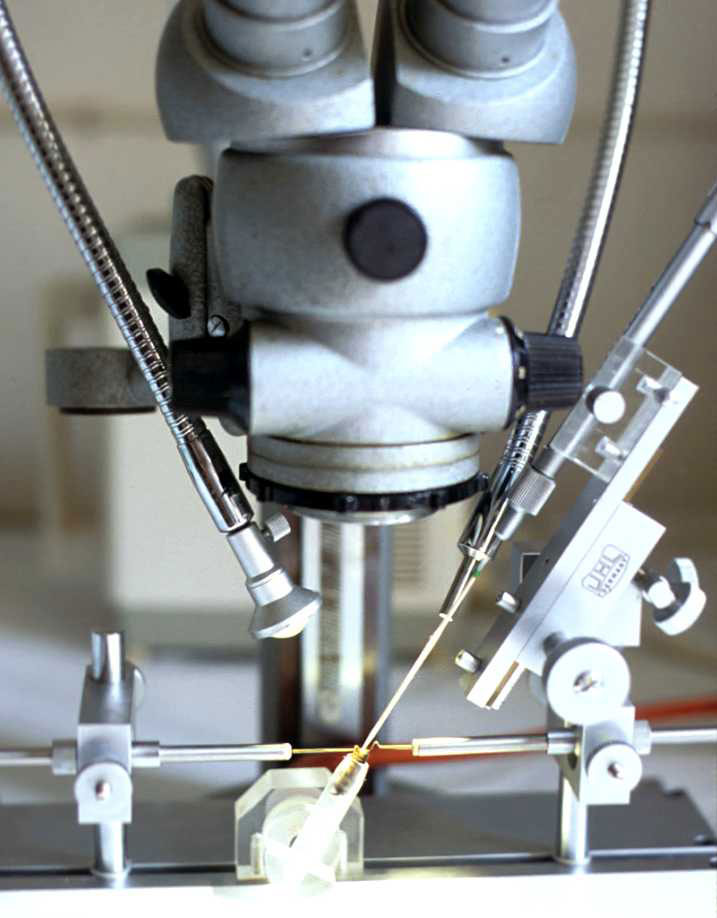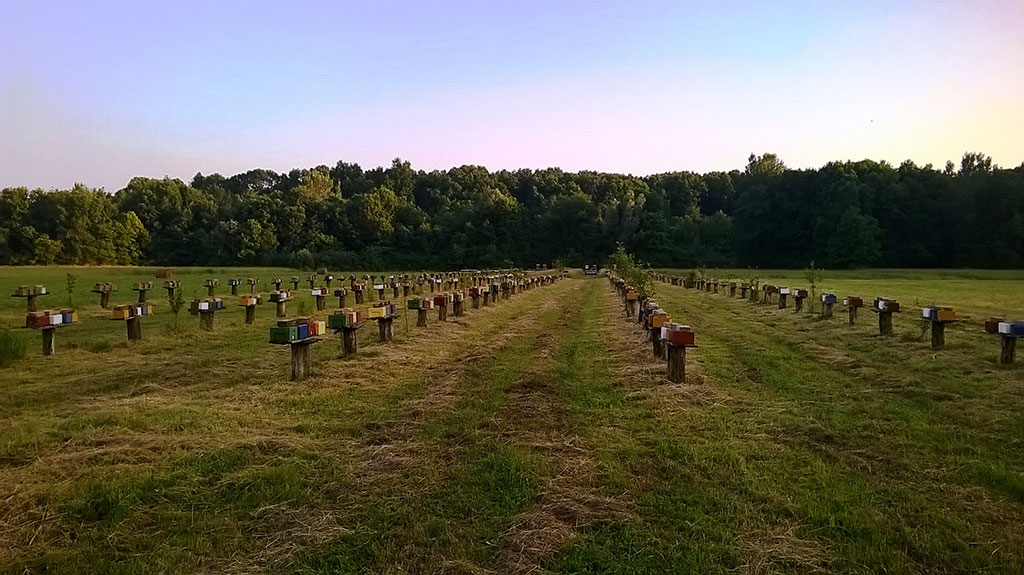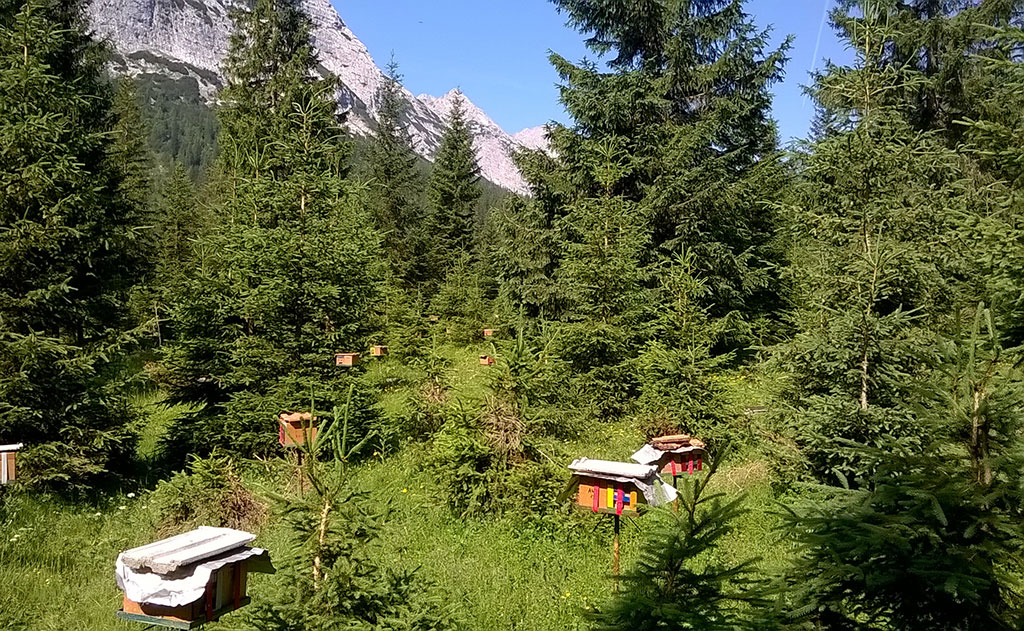The performance test is a procedure for assessment of queens and colonies regarding certain traits of interest. This procedure includes common test traits such as colony strength, honey yield, expression of defensive and swarming behaviour etc. Beside these “traditional” traits, within the framework of SMARTBEES specific emphasis is given to traits and parameters by which colonies’ resistance to Varroa can be identified.
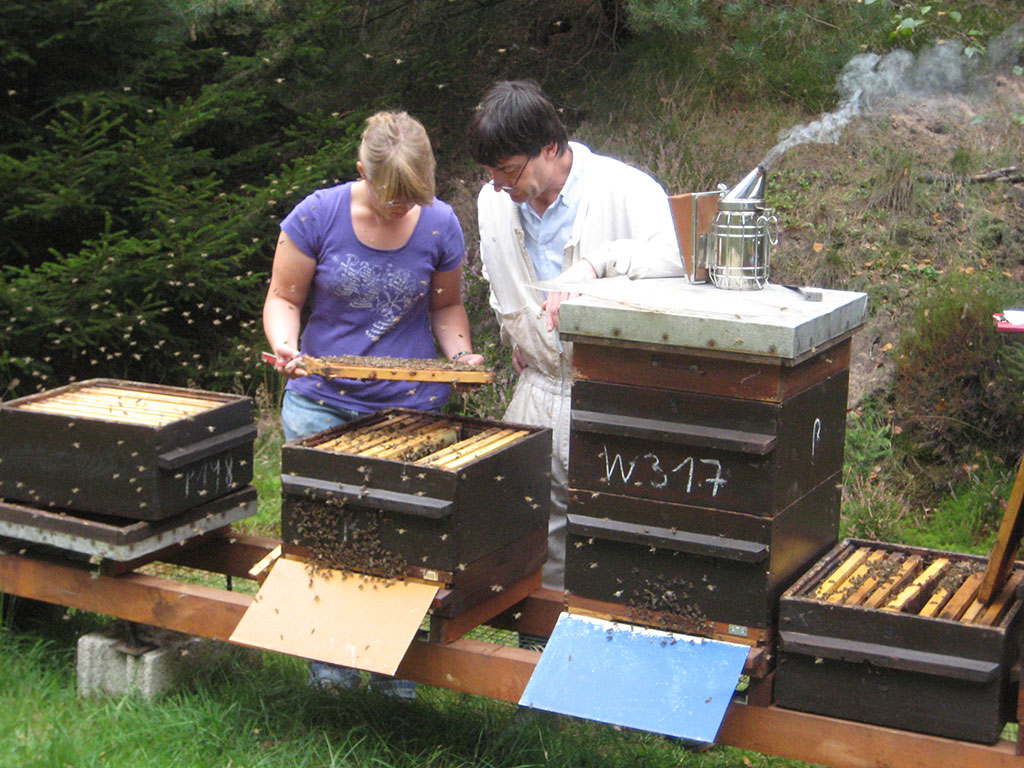
The performance testing starts during the autumn census and should not be earlier than 40 days following the establishment of the test colonies (period needed for replacement of the old bees with that of the new queen). During the next active seasons (spring/summer) the testing continues at each seasonal colony inspection. Data from at least 3 inspections during the entire annual cycle will be required for estimation of queens’ breeding values and subsequent selection. Additionally, the infestation level should be estimated by monitoring of the natural mite mortality in early spring and repeated samplings for bee infestation on a monthly basis during summer. The performance testing ends with data collection at the last honey collection. However, the tested colonies (and their queens) should be maintained until their selection for propagation of daughter queens for the next testing cycle.
Eight test traits and parameters are relevant for assessment of the colony’s performance (Tab. 1).
| Trait/parameter |
|---|
|
|
|
|
|
|
|
|
|
|
|
|
|
|
|
|
Detailed descriptions of the methods for assessment of the mentioned traits and parameters will be available on www.smartbees-fp7.eu/extension.
It is highly recommended that the performance testing should be assessed under uniform conditions. That is particularly important for traits such as defensive and swarming behaviour, which should be inspected on the same day for all test colonies within the test station and preferably by the same persons.
Documentation of the applied management operations and records of the performance testing are essential activities in the breeding process. Consistency and accuracy of recordkeeping are crucial for establishment of a database for estimation of the queens’ breeding values. The currently used international data base www.beebreed.eu is a unique online structure which will allow easy online recording, validation and storage of the information from all test stations around Europe. All data should be sent online with support and validation by the local group manager.
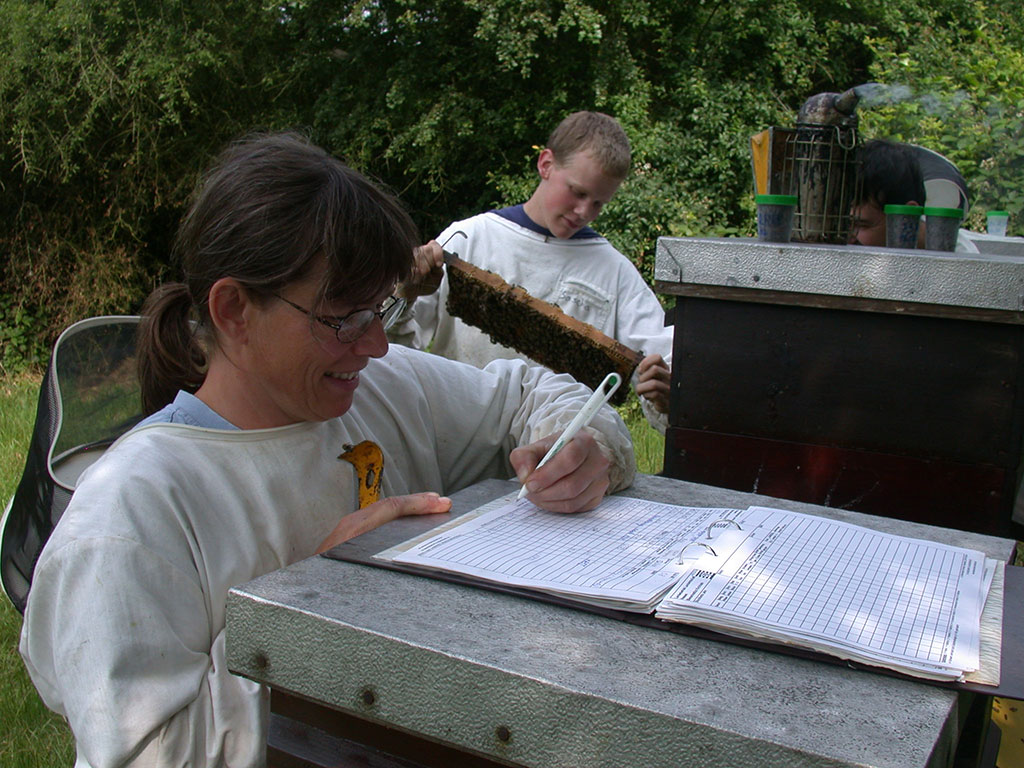
Rapid dissemination of the selection progress can be achieved by use of instrumental insemination of the queens or establishment of a network of mating stations where selected queens are used in the drone colonies. Specific beekeeping management is necessary for maintaining the drone colonies and the mating stations, which should be administrated in accordance with the program management.
